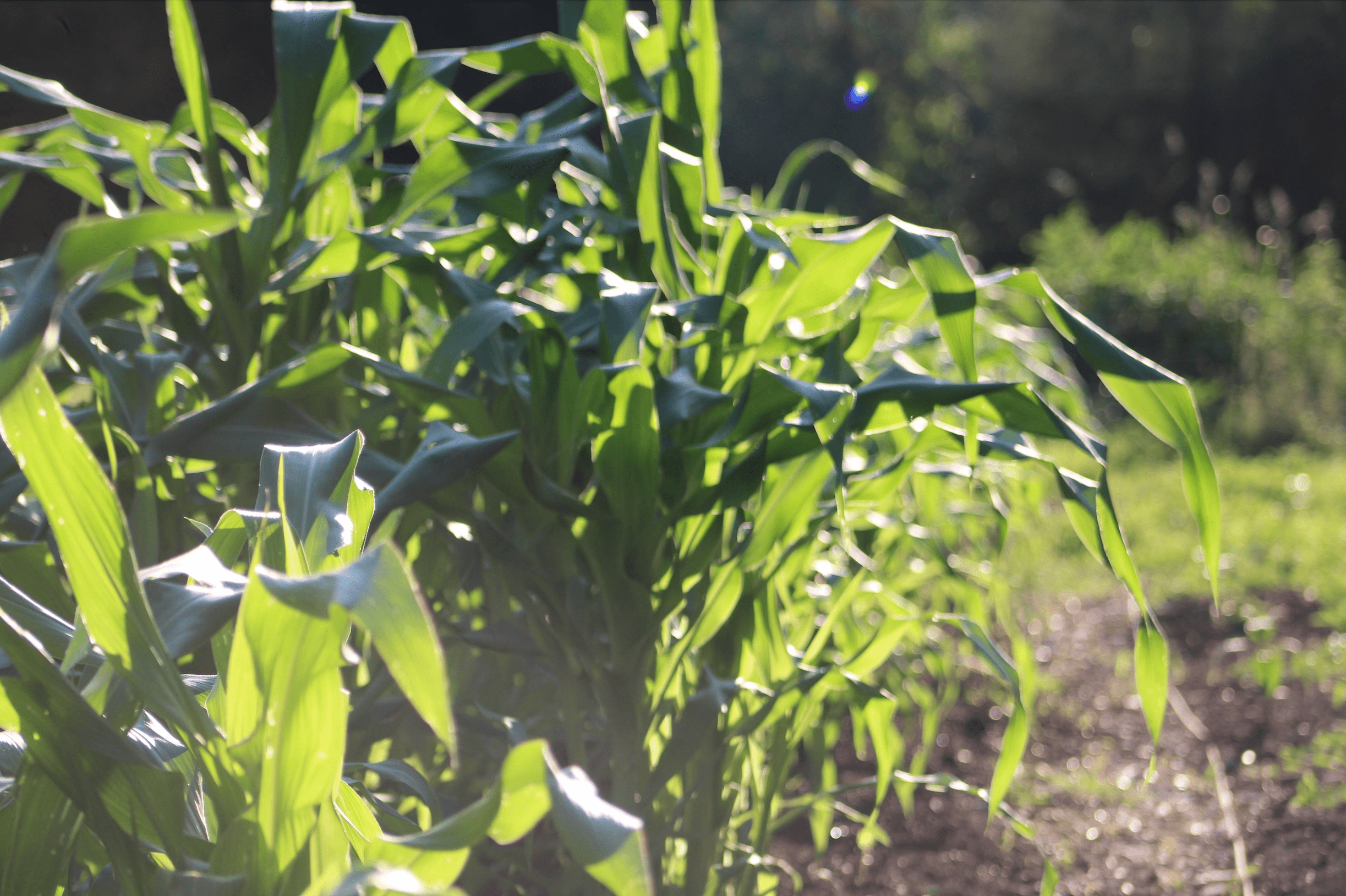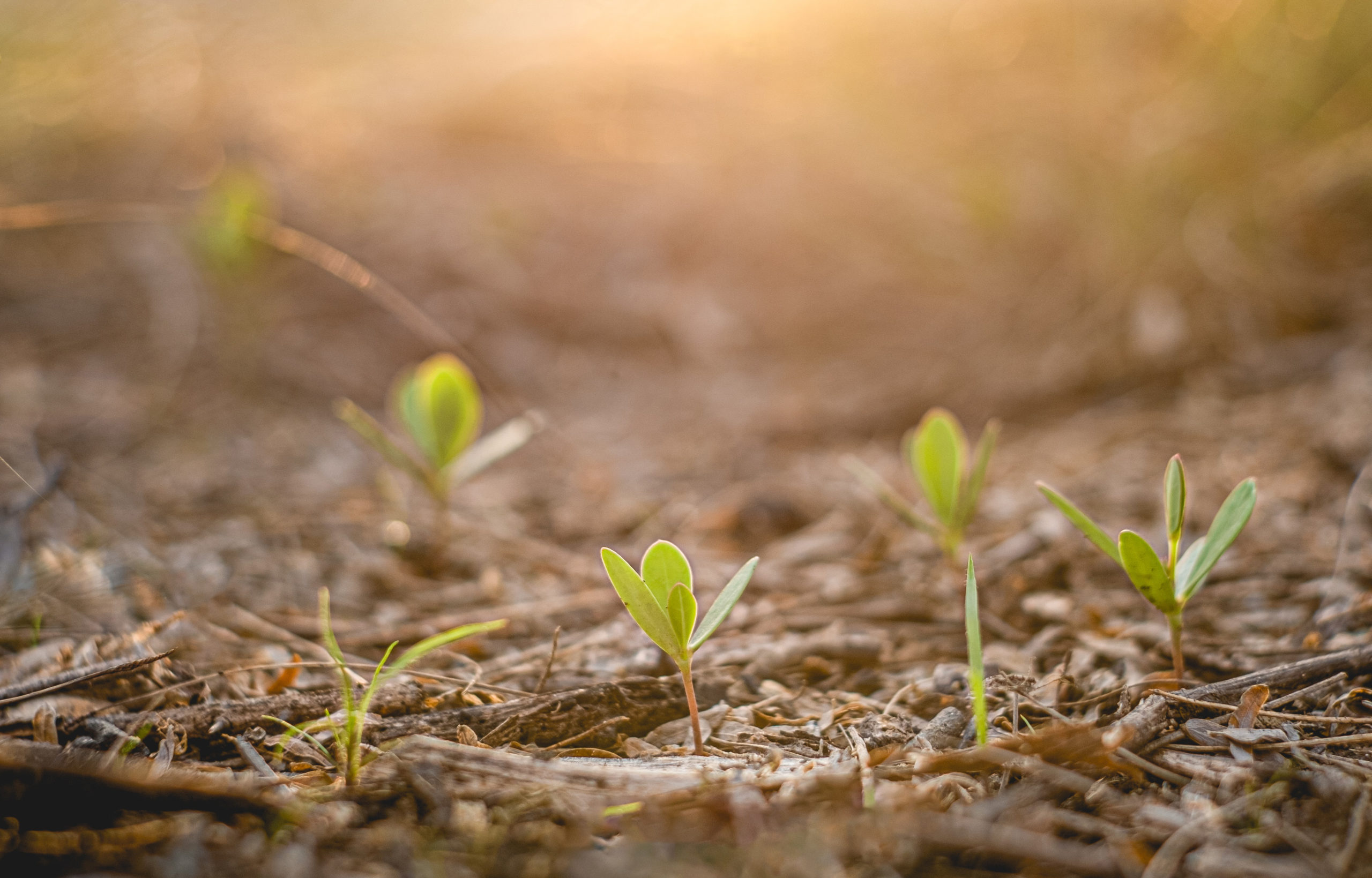by Vanessa García Polanco

What do you want the future of your land to be?
“Nos robaron la tierra,” they stole the land from us, exclaimed my great aunt Tia Amantina with sadness. She was the first of my great aunts and uncles to be forcefully evicted and to migrate to the United States.
In 1960, in the Cibao Valley of the Dominican Republic, the Polanco family grieved the death of their patriarch: Felix Polanco Henriquez had been known as Fillo. Tia Amantina recalls her father, a prosperous farmer who cultivated coffee and cacao. He farmed during the golden years of the two industries in the region, benefiting from the favorable agricultural policies and subsidies of then dictator Rafael Leonidas Trujillo. Fillo would die from a brain embolism that followed a court dispute over an uncertain loan. The defendant had claimed that the amount due was greater.
“Eso no fue asi, no era tanto dinero,” it wasn’t like that, it wasn’t that much money, exclaimed Tia Amantina with desperation and a knot in her throat. Tia Amantina says that because my great-grandfather did not keep records or share business matters with his sons and daughters, it was hard for them to determine the exact amount of the debt owed or even if such debt existed in the first place. So when the creditor demanded my great-grandfather’s lands as collateral for non-payment, his naive and powerless children were left only with the land where their house stood. Fifty acres were gone.
Growing up, I remember that my grandparents would often point to the dirt road that leads to the secluded community and the place where the stolen lands are.
Landless and poor, my great-grandfather’s wife at the time decided that getting her stepchildren to the United States was the only way to save them from a life of precarity. She obtained visas for Tia Amantina to travel to the states, where Tia Amantina would become the matriarch of the family, arranging for visas to get her brothers and sisters to the States. One by one, they came and went to work in clothing, toy, and shoe factories in New York City. They brought their spouses and their children. Their grandchildren now walk over concrete and pavement in the streets of Northeast of the U.S. Just like that, entire generations will never know of their connections to the land.
Growing up, I remember that my grandparents would often point to the dirt road that leads to the secluded community and the place where the stolen lands are. I have never set foot there. I have no memories or connection to that land. I have no memories in this conuno, as I do of my grandmother’s land.
If you think our story is sad and shameful, that due to legal matters and lack of transparency a family lost their land, this a reality that many landholding families of color experience today. The need for farmers of color to have access to and understanding of proper channels for land succession is greater than ever. In 1920, 14 percent of landholding U.S. farmers were black, and today around 1 percent of farms are controlled by black people. Decades of ongoing discrimination by the USDA and various legal challenges have led to more black land loss in our own time.
If you are a farmer of color or the child of a farmer of color, it is necessary to have uncomfortable conversations about the future of the land. Planning for retirement and the realities of old age and sickness, or perhaps simply embracing more transparency, can ultimately protect a family from losing their land. Of course, I wish I could save anyone who cares about the future of their farmland and their family’s role in the stewardship of farmland from having to explore these difficult “what if” scenarios.
An estimated 70 percent of U.S. farmland will change hands in the next twenty years. This includes land owned by farmers as well as non-farming landlords, many of whom rent to farm operators. The recommendations from the FarmLASTS Project based at the University of Vermont find that public policies and programs should encourage and support the timely transfer of farm businesses and properties in ways that assure a comfortable transition and a meaningful legacy for the retiring farmer, while creating affordable opportunities for the next generation.
Farm families should be able to obtain adequate, informed assistance from teams of advisors equipped with the full arsenal of transfer tools and methods. Families without heirs, younger generations, women farmers and farmers of color, all merit special attention.
Organizations like F.A.R.M.S. and Land for Good provide relevant legal services and resources to prevent family farmland loss. These organizations exist so that one day you don’t have to explain, “they stole the land from us” or “we lost the land” to your grandkids. Today, I encourage you to sit down with a glass of lemonade or iced tea and ask your elders:
What do you want the future of your land to be?




